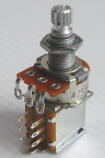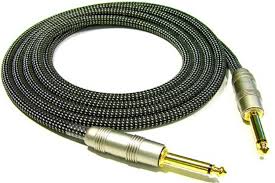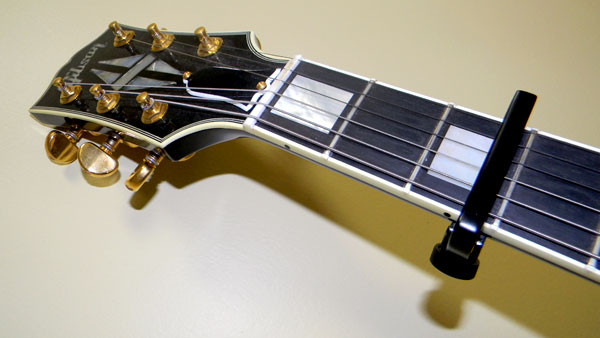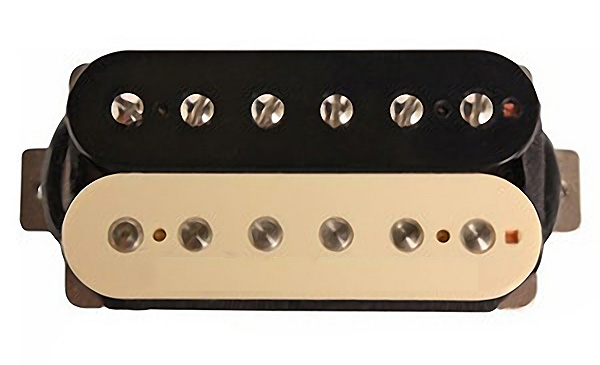The electronics are an important and necessary component in electric guitars. Usually we will at one time need or want to rewire our guitar. Whether the need is for new pickups or replacement of a worn out knob or switch, knowing some basic terms that define how a component is installed helps in understanding this somewhat complex task.
SERIES: Two or more pickup coils wired so that the output of one coil feeds into the input of another coil. The result of this is a loss of treble and an increase of output. Example: a humbucking pickup is 2 coils in series.
PARALLEL: Two or more pickup coils wired so that each coils’ input has its own feed from the amplifier. The result is a tone somewhere between the tone of each coil individually with a slight decrease in output. Example: 1) a Strat with the 5 way switch in positions 2 and 4. 2) a Les Paul with with the toggle switch in the middle position.

DPDT: Double-pole double-throw. This is a 2-way switch that has 2 separate switches in one. Each of 2 contacts in the switch can be routed differently depending on the switch’s position. Example: 1) a mini-toggle switch 2) a push / pull control.
PUSH/PULL: A Double-pole double-throw switch mounted on a potentiometer (volume control, tone control…). This switch is activated by pulling up or pushing down on a guitar’s volume or tone knob. This is useful for adding a switch without drilling additional holes in your guitar.
5 WAY: A standard Strat switch. The majority of my diagrams use a switch with 2 sets of contacts (like having 2 switches in one). Some less expensive guitars have only one set of contacts. It is suggested replacing these switches immediately; they can be unreliable and do not provide the awesome switching potential of the standard 5 way switch.

3 WAY: A standard large toggle (Gibson, Guild, Gretch, etc…). This switch is usually used for simple pickup switching, although it can also be used effectively in a more versatile wiring scheme.
“COMMON” TERMINAL: The terminal(s) on a switch that, when the switch is changed to different positions, makes contact with different terminals.

GROUND: Sometimes referred to as earth. An electrical ground is a common point in the guitar wiring that allows a signal or current to return to a common point. A good analogy is “You can think of a ground as a “sink” that electrical noise runs down”. Poor grounding in a guitar will cause the guitar to hum or buzz.



